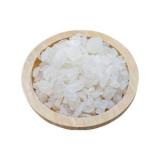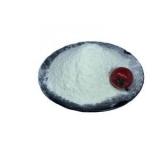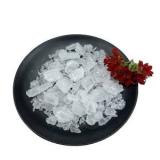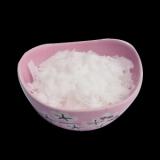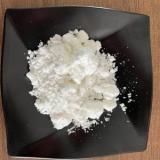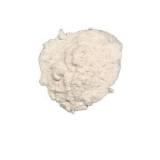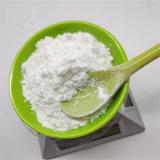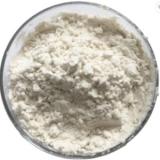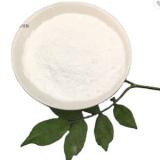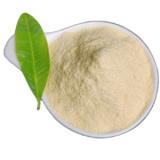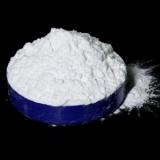Organic Intermediate
Organic intermediate is a class of organic compounds that are used as intermediates in the manufacture of other organic compounds. Organic compounds are classified based on the number and nature of functional groups present in the molecule. Organic intermediates are distinguished by their functional groups and raw materials.
Organic Intermediate has been formulated to provide nourishment to the roots of plants. This helps in the development of strong and healthy roots. Organic Intermediate is known for feeding the plants from inside the root system, thus making them stronger and increasing the resistance against various maladies.
Organic Intermediates Market: Drivers & Restraints
The global Organic Intermediates market is expected to reach USD 1,673.5 billion by 2025, at a CAGR of 5.9% between 2019 and 2025. The market is projected to witness high growth due to increasing demand for biodegradable chemicals, increasing consumption of products containing biodegradable ingredients, growing awareness about environmental impacts from conventional plastic packaging, and increasing adoption of sustainable packaging solutions among end-users.
Organic intermediates are used for a variety of applications, including the synthesis of pharmaceuticals, agricultural chemicals and cosmetics. In addition to their use in manufacturing, organic intermediates are also used as solvents and additives in paints and coatings.
Organic intermediates can be produced from petroleum or natural gas materials:
Aromatic hydrocarbons, such as benzene (C6H6) and toluene (C7H8), are converted into alkylbenzenes, which are used to make other organic compounds.
Alcohols (ROH) can be converted into ethers (ROOR') using an acid catalyst. Ethers are used in paints and coatings as solvent carriers or adjuvants.
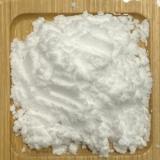
- New N-(tert-Butoxycarbonyl)-4-piperidone CAS NO 79099-07-3
- China
- CE,ISO9001,SGS,BV

